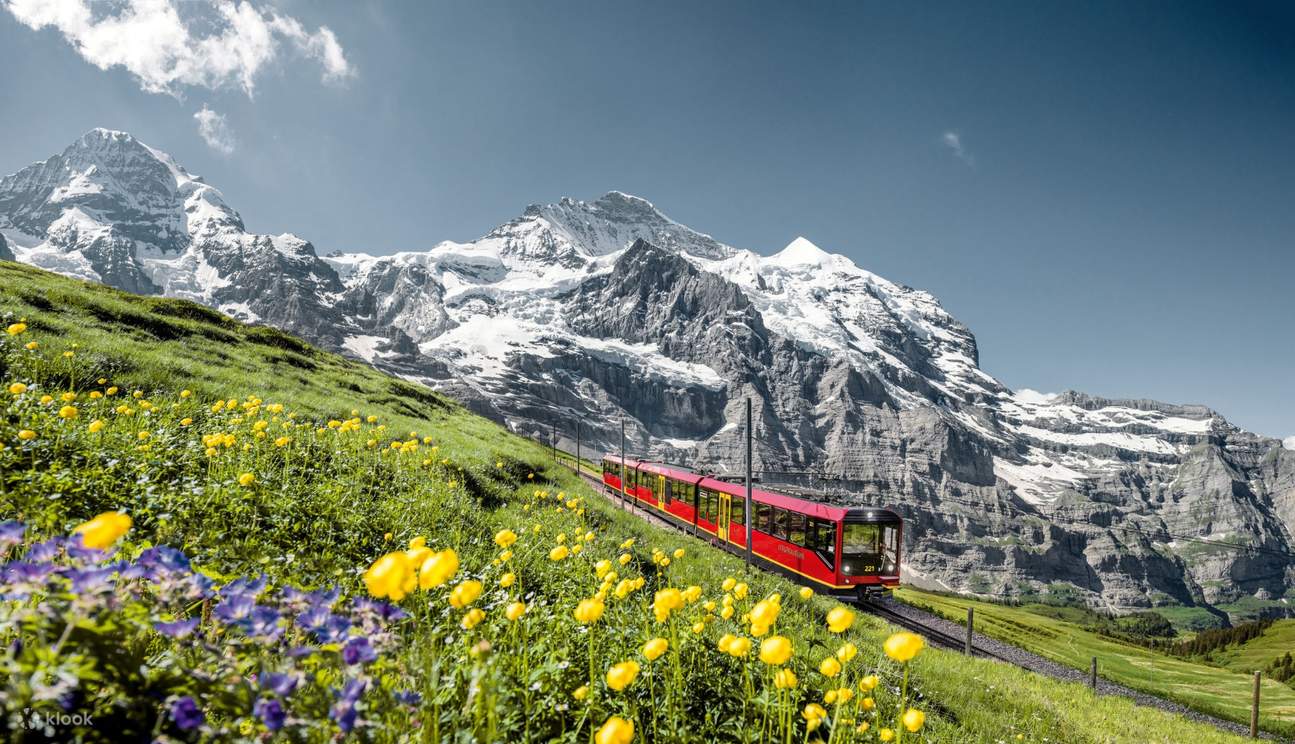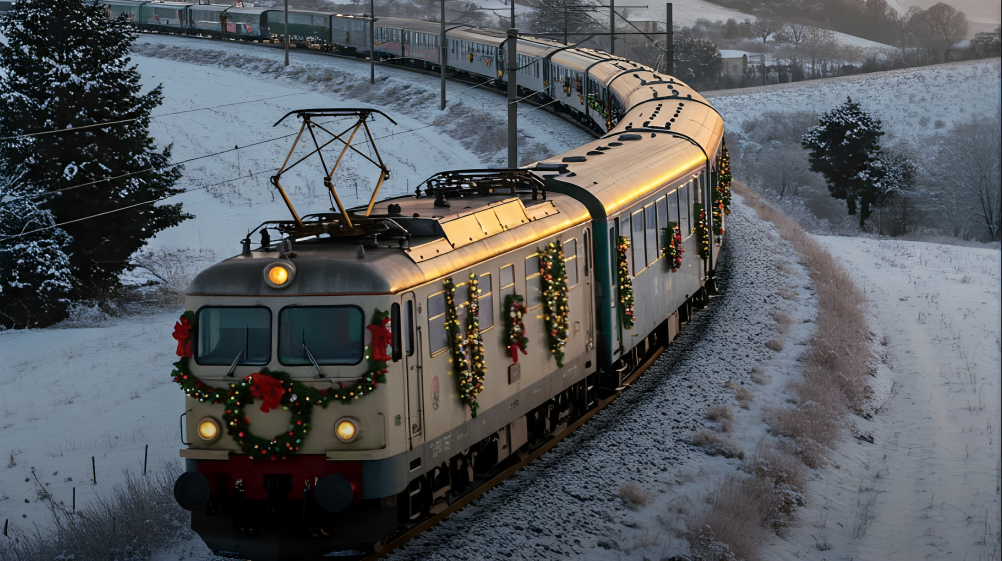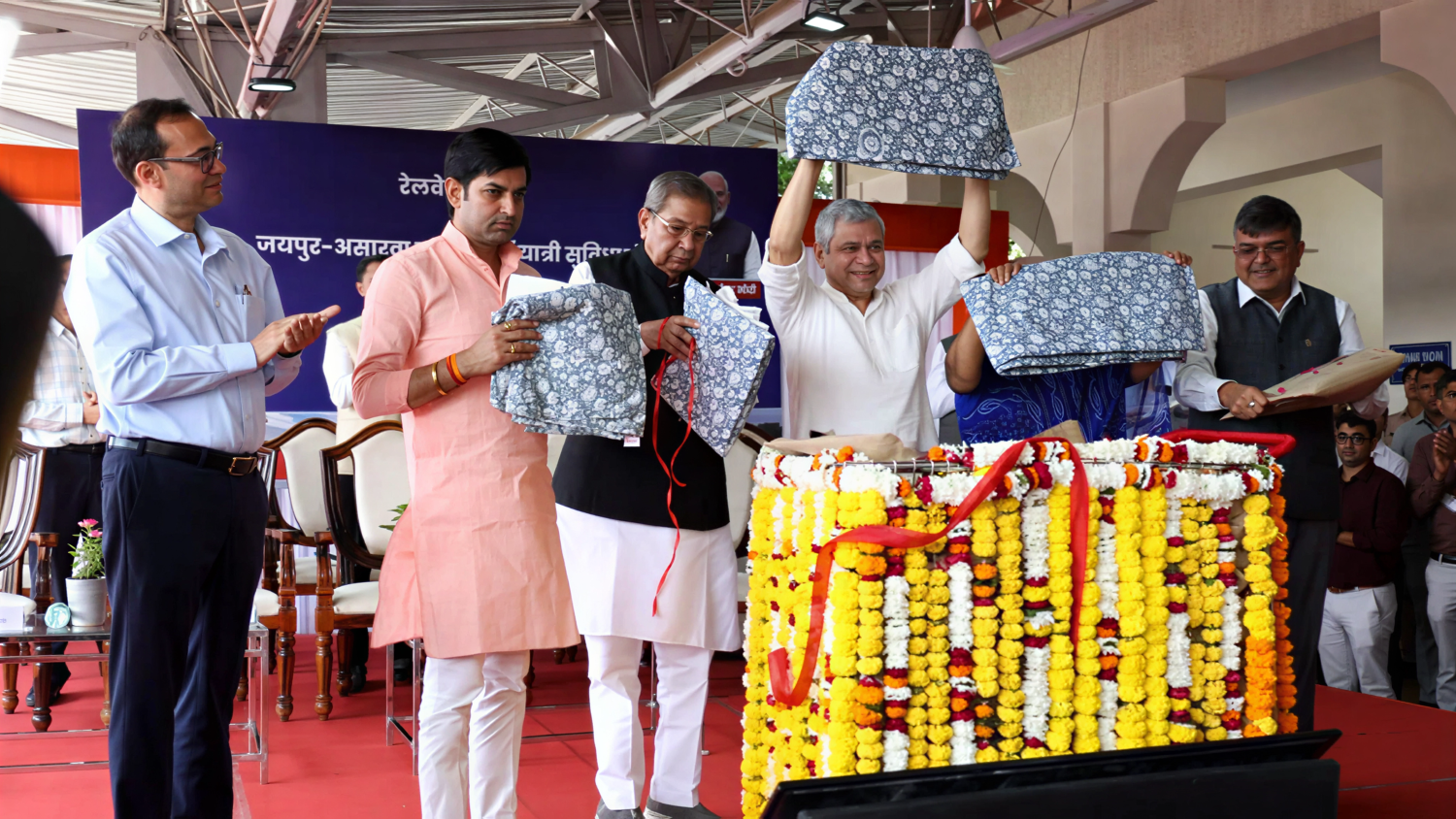There are places in India where the train doesn’t stop unless someone waves it down. Tiny halts with names you’ve never heard, stations where the platform is shorter than a local bus, and time seems to wait patiently under a tin roof with a nameboard slightly askew. These are not destinations on tourist maps. They are pauses between places. But they carry stories as vast as the land they rest upon.

One such stop lies tucked in the forests of the Konkan coast. It is called Suravali. A blink and miss halt on the route between Madgaon and Mangalore. There is no station master. Just a wooden bench, a red signal box, and the soft scent of salt in the air. Locals know the drill. You stand on the edge and raise your hand like you’re greeting an old friend. The train slows down. The driver nods. And just like that, the halt becomes a moment worth remembering.
Then there’s Kettigunta, somewhere between Tamil Nadu’s green fields and Andhra’s wide plains. It serves a handful of villages and a small market. Every morning, children in neat uniforms gather near the tracks. They giggle as the train arrives, exchanging school gossip before vanishing into compartments. No announcements. No rush. Only the gentle rhythm of a community that dances with the arrival and departure of its lone daily train.
Further north, in the heart of Bihar, sits the halt called Saharsa Court. It is a peculiar stretch where the platform is lower than your knee, and the signage is fading like an old postcard. But here, time is generous. Fruit vendors, cycle mechanics, and grandmothers with baskets of puffed rice all gather when the train draws near. The train is less a vehicle and more a visitor. It comes bearing letters, relatives, news, and stories.
Perhaps the most magical of these halts lies in Darjeeling. It is Ghum. At over 7400 feet, it is the highest railway station in India and one of the few where the train, the mountains, and the clouds meet on equal terms. The Darjeeling Toy Train stops here not for formality but for reverence. The air is filled with mist and memory. The whistle echoes like a lullaby. And travelers descend not in a hurry but in silence, taking in the moment like monks at a shrine.

What makes these halts special is not just their size or obscurity. It is their refusal to be forgotten. These are places that do not ask to be hurried. They invite you to stop, sit, and listen. To the child narrating his dream of becoming a loco pilot. To the old man who remembers a time when steam ruled these tracks. To the woman who comes every Tuesday just to watch the train go by because her son once left on it.
The train only stops if you ask nicely. But the memories, the charm, and the quiet poetry of these halts? They linger long after the engine is gone.
For more hidden corners and unheard stories from India’s journey lines, follow Travel Moves on Instagram and Facebook.










